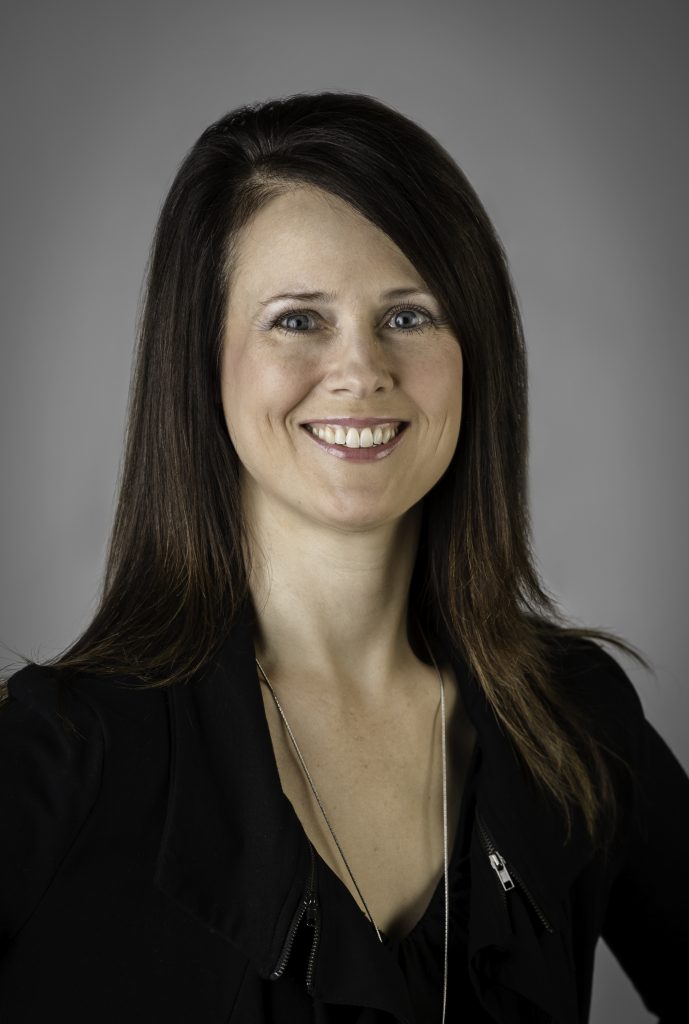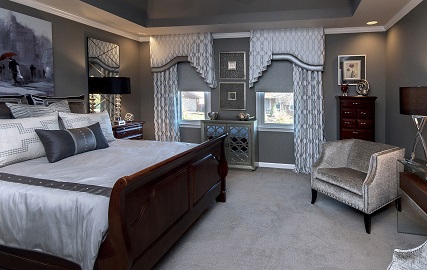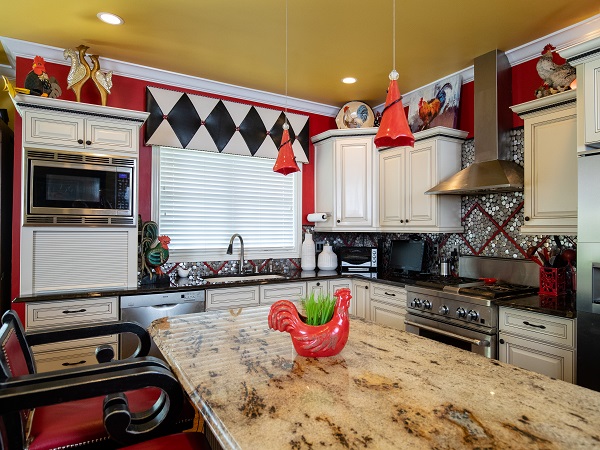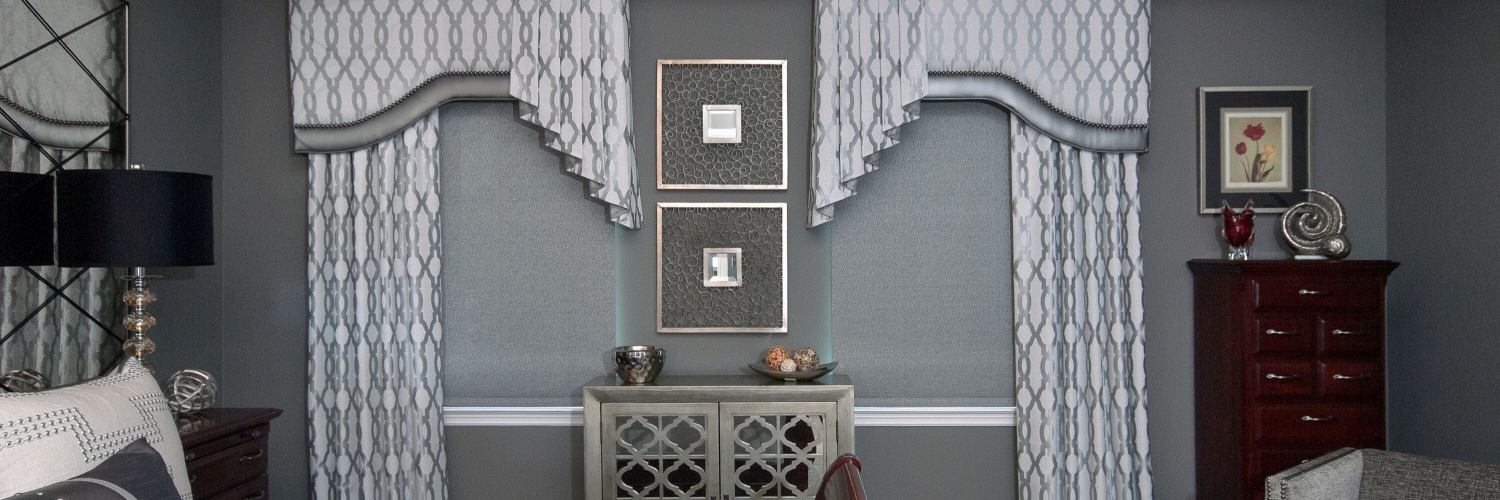As we begin accepting applications for the annual VISION Design and Workroom Competition Awards, Window Fashion VISION is pleased to present an interview with last year’s winner of the coveted Workroom of the Year title. Get to know Linda Tully with Custom Coverings in Findlay, OH.
Linda Tully wowed the judges of this year’s VISION Design and Workroom Competition Awards with treatments full of skilled execution and meaningful details. In addition to recognizing three of her individual projects, the panel chose to name her Workroom of the Year for the second time.

Just as Tully is no stranger to accolades, she has a long history in the window coverings industry. She first established her workroom in Phoenix, AZ, in 2000. When her husband’s job took the family to California in 2012, she faced a turning point with her business. “I didn’t know if I wanted to set up and dig as deep of roots as I did in Arizona,” she says. “I had already downsized and gotten rid of lots of equipment, but I had enough for a one-person operation. I just wanted to keep doing what I was doing because I loved it so much.”
She ended up meeting the owner of the local Decorating Den franchise who was happy to have Custom Coverings set up the workroom in her facility. She also hired Linda as a decorator. Working with Decorating Den was a blessing because Tully ended up collaborating with other franchises for the next several years.
After California, Tully and her family moved to five states in seven years, including Texas, Florida, Missouri and Kentucky. They recently landed in Ohio, where she set up the workroom to continue fabricating for her Missouri and Kentucky designers. She also opened a satellite workroom/office in Scottsdale, AZ, earlier this year to serve some of her longtime clients.
Like the Workroom Award judges, many of Tully’s clients have been drawn in by her attention to detail, beautiful eye and strong sense of design. Never one for ruffles or fussy details, she instead focuses on highly tailored treatments made from quality fabrics and embellished with cording and trims.

When she begins any new project, “I spend a lot of time sketching,” Tully says. “I do almost everything on graph paper to scale to make sure the proportions will work. I pay a lot of attention to how a treatment is going to fit on a wall. The sketch is a great sales tool because when the designer or customer sees it, they can envision it and say, ‘Wow, that will look good.’” The drawing also functions as a work order and tool for the installer.
Another part of her long-term success as a workroom owner is her ability to maintain good communication with designers. “Having a lot of knowledge on hardware and a little bit of design knowledge helps,” she adds. “You don’t have to be as creative as a designer, but being able to give them suggestions, especially when there’s a challenging situation with a bay window or arched windows, helps. I love finding creative solutions to help them solve their problems. Sometimes when the budget is tight, you can come up with a creative way to trim back fabric. For example, instead of pinch pleats with three fingers, do two fingers. That’s a popular look today anyway because it’s less full and more contemporary, but it also saves yardage and there’s less labor because there are less widths to fabricate.”
When asked to share advice with other workroom owners, Tully says, “Probably the most important thing is pay your vendors on time and reinvest in your business as much as possible as you’re growing.” In addition, network as much as possible by joining industry and non-industry groups in the community. Keep going to meetings even if it seems fruitless at times. “You can’t just go to one meting and expect all this work to come in. Over time, people will see you’re real and in business and you mean it.”




